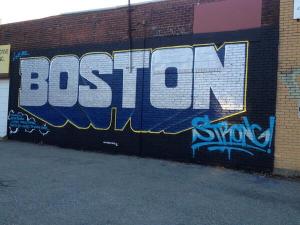In Yangon, Myammar, Arker Kyaw, graffiti artists stood at the front line of an ongoing debate over their currant freedom rights. Arkar Kyaw created a mural of President Obama, the US leader smiling against a drop of American and Burnese flags. In a developing democracy civil freedoms and self-expression go hand in hand. A week after the mural was created; the government decreed a nation- wide ban on street art. Myanmar has decades of history of oppressive rule, and many issues regarding free speech where it is not permitted. With so many issues with freedom of speech, many have turned to street art to express their concerns in Myammar. The government does not grant artists access to work on public spaces.
All around the world in developing countries people have been struggling with their right of freedom of speech. Artists have turned to street art to gain their countries governments attentions. More rules and regulations are being put in place to stop the street art, but these artists are not backing down and want to be heard. In Thailand, which is close to Myammar a group of young artists, is standing with the people of Myammar. They are saying, “The government has no respect for the laws, religions or the country’s youth.”
In Zimbabwe, women have been arrested for road painting to express dissatisfaction with the socio- political landscape. In Palestine, graffiti rebel politics includes messages, phrases, slogans, and images from religious and culture groups. In Lebanon graffiti has become modern and stylized, with inclusive messages to unite the masses rather then divide the politics. Everywhere around the world, people are speaking out with art.
Sara Spiegel













